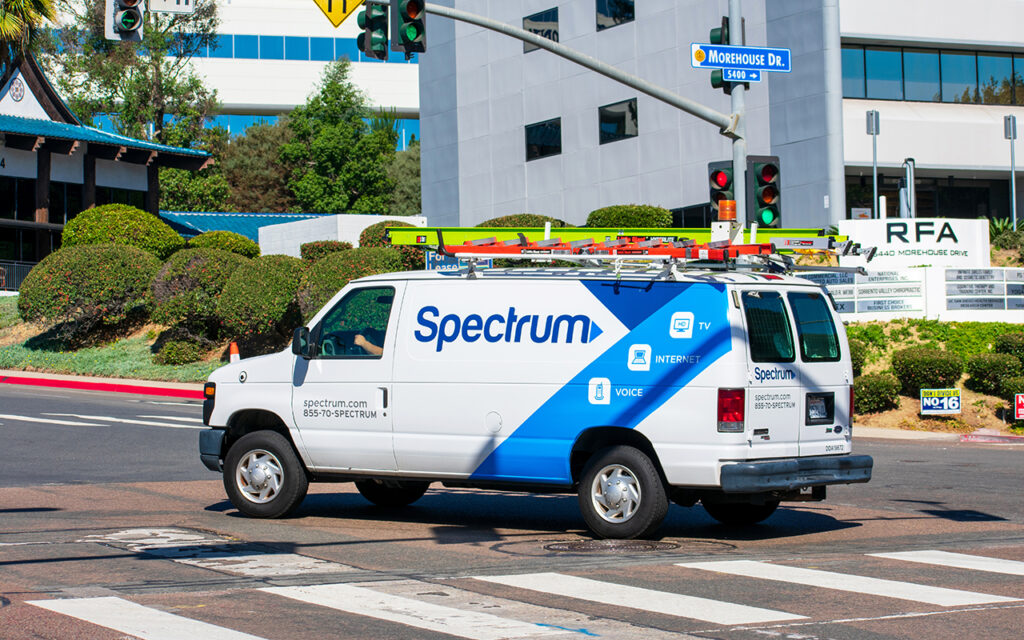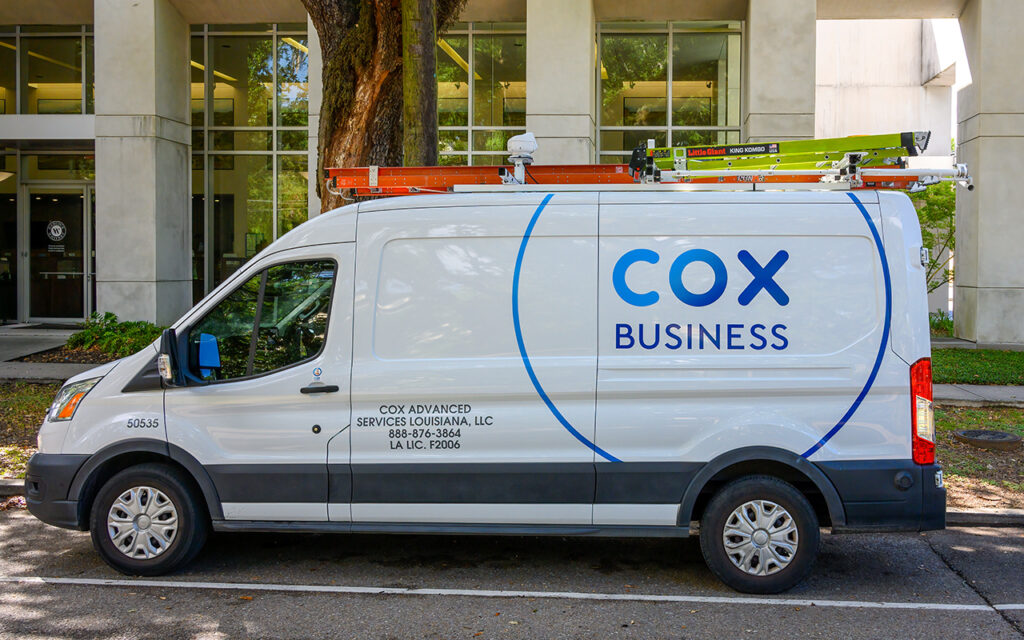In a move that has sent shockwaves through the telecommunications world, Charter Communications has announced a $34.5 billion merger with Cox Communications, creating what will become the second-largest cable and broadband provider in the United States. While the deal is still under regulatory review, questions are already swirling—especially among older Americans—about what the merger means for the cost and quality of their cable, internet, and bundled service plans.
For seniors living on fixed incomes, every dollar matters. The thought of another telecom giant expanding its reach may bring back memories of rising rates, confusing bills, shrinking customer service, and fewer local options. Is this deal just another corporate reshuffling, or could it truly impact what retirees pay for entertainment and essential connectivity?
Let’s take a closer look at what this massive merger means for seniors—and whether it’s time to brace for a bigger bill.
The Deal at a Glance

Charter, which operates under the Spectrum brand, is already a dominant force in cable and broadband. Cox, a privately held company with a stronghold in southern and midwestern markets, brings millions of subscribers, extensive fiber-optic infrastructure, and a sizable footprint in both residential and business services.
Combined, the new entity would serve over 65 million households, providing TV, high-speed internet, phone, and streaming services. The companies tout the deal as a way to improve operational efficiency, expand broadband access, and compete with tech giants like AT&T, Comcast, and even streaming services like Netflix and Amazon Prime Video.
But beneath the corporate optimism lies a different reality for many older Americans: the consolidation of service providers has often led to less choice, higher prices, and more fees.
A History of Rising Costs Post-Merger

If past mergers in the telecom industry are any indication, prices tend to go in one direction: up. When Charter merged with Time Warner Cable and Bright House Networks in 2016, customers were promised better service and more robust offerings. What many got instead were price hikes, equipment rental increases, and additional “broadcast TV” and “regional sports” surcharges added to their bills.
According to the Consumer Reports “Broadband Pricing Index,” the average broadband bill has increased nearly 19% over the last five years, even as real costs for providers have remained flat or declined.
For seniors—particularly those who rely on cable not just for entertainment but for access to news, health information, and emergency updates—these increases hit hard. Many are already juggling rising Medicare premiums, prescription drug costs, and grocery bills. The prospect of yet another recurring expense going up is understandably concerning.
What Charter and Cox Are Promising

To quell public anxiety, executives from Charter and Cox have emphasized the “benefits” of the merger. These include promises of:
- Improved infrastructure, including faster and more reliable broadband.
- Lower operational costs through economies of scale, which they claim could be passed on to consumers.
- Enhanced customer service through unified systems and streamlined support.
- Expanded rural broadband access, aided by federal infrastructure grants.
But skeptics point out that few telecom mergers have delivered tangible savings to consumers. In fact, according to a 2023 report from the Federal Communications Commission (FCC), more than 90% of telecom mergers result in “net neutral or negative” outcomes for customer pricing.
How the Merger Could Impact Seniors Specifically

1. Package Bundles May Become Less Flexible
Older customers often favor customized service plans—TV-only, internet-lite, or landline packages without streaming add-ons. With consolidation, Charter could streamline offerings in a way that forces subscribers into larger, more expensive bundles.
Fewer options could mean seniors have to pay for services they neither need nor want—like 200+ channels when they only watch five, or blazing-fast internet when they just want to check email.
2. Introductory Rates Could Disappear Faster
Many seniors are savvy about signing up during promotional windows to lock in affordable rates. However, after large mergers, companies often shorten the duration of promotional rates or remove them entirely. It’s a strategy to recover merger costs more quickly—and a potential warning sign for cost-conscious retirees.
3. Price Transparency Could Decline
Both Charter and Cox have faced criticism in the past for opaque billing, with hidden fees and sudden increases after the first year. The merger could compound this, especially if customer service departments become overburdened during the transition.
Clear communication around billing is critical for seniors, many of whom are managing fixed budgets and require consistency in their monthly expenses.
Broadband as a Necessity—Not a Luxury

For seniors today, broadband is no longer optional. It’s how many access telehealth appointments, video chat with grandchildren, attend virtual church services, renew prescriptions, and manage their Medicare accounts online.
Yet according to Pew Research, as of 2024, 34% of Americans over 65 still lack broadband access at home, largely due to affordability concerns. With Charter and Cox both holding powerful positions in many markets, their pricing policies will heavily influence whether this digital divide widens or narrows.
That’s why consumer advocacy groups like AARP and the National Digital Inclusion Alliance are closely monitoring the deal and urging the FCC and Department of Justice to include affordability protections in any merger approval.
Could Regulation Save the Day?

Mergers of this size are subject to intense regulatory scrutiny, particularly from the Federal Trade Commission (FTC) and the FCC. These agencies have the power to block, delay, or demand conditions for approval.
Consumer advocates are pushing for the following conditions:
- No increase in base rates for three years post-merger.
- Continuation of affordable connectivity programs for low-income seniors.
- Guaranteed service plans for retirees that don’t require bundling.
- Transparency in billing, with a cap on hidden fees.
There’s precedent for this. When Comcast sought to merge with NBCUniversal in 2011, regulators required the company to maintain affordable internet plans for low-income households for several years.
Whether such protections make it into this merger deal remains to be seen. But with seniors among the most vulnerable consumers, regulators may feel pressure to act decisively.
What Seniors Can Do Now

If you’re currently a Charter or Cox customer—or if your area is served by one of these companies—here are a few proactive steps you can take:
- Review your current plan and note any promotional rates that may expire soon.
- Call your provider and ask for a loyalty discount or basic plan tailored to your usage.
- Track billing changes closely over the coming months to catch any unannounced increases.
- Explore local broadband assistance programs, especially those targeting older adults.
- Stay informed by following AARP’s policy alerts and FCC filings regarding the merger.
Final Thoughts: Watch This One Closely

Charter’s $34.5 billion merger with Cox Communications is not just another corporate headline—it’s a move that could affect millions of Americans, especially seniors who depend on stable, affordable cable and internet access.
While executives promise better service and broader coverage, the reality of telecom mergers has too often been higher prices and less transparency. Older Americans should not be left to bear the cost of consolidation, especially as they navigate rising living expenses across the board.
This time, the stakes are personal. So if you’re a senior, or someone who cares for one, now is the time to pay attention—and speak up.